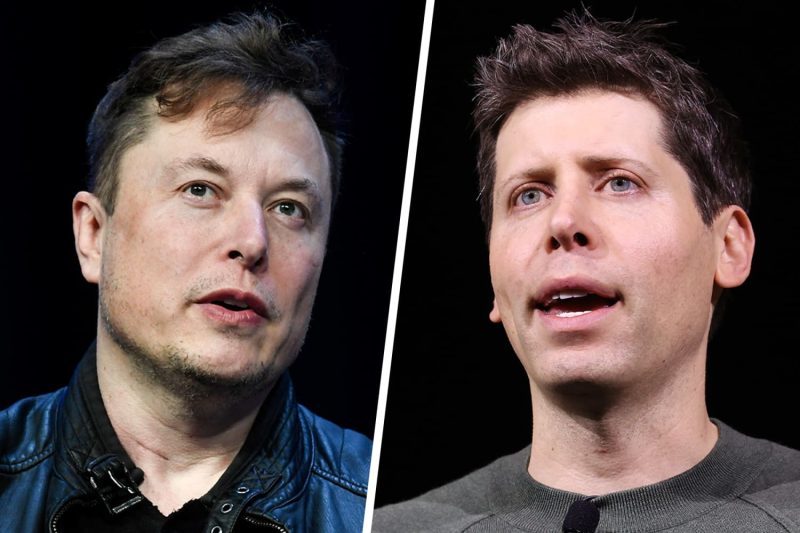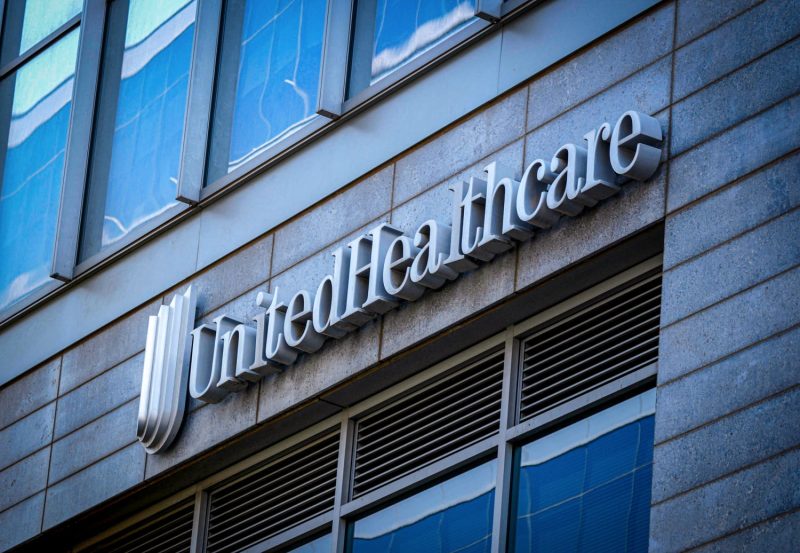

The S&P/TSX Venture Composite Index (INDEXTSI:JX) was largely flat with a 0.29 percent gain on the week to close at 621.25 on Friday (January 24). Meanwhile, the S&P/TSX Composite Index (INDEXTSI:OSPTX) posted a 1.6 percent increase to hit 25,468.49, and the CSE Composite Index (CSE:CSECOMP) was up 1.33 percent to reach 137.31.
The week’s big news came on Monday (January 20) when Donald Trump was sworn in as the 47th President of the United States. On his first day in office, the president signed dozens of executive orders including two directed at the US resource sector.
The first, Unleashing American Energy, will open federal lands and waters for exploration and development in the oil, gas and uranium sectors. The order will also seek to override energy and emission regulations at the state level, and potentially eliminate electric vehicle subsidies.
The second, Unleashing Alaska’s Extraordinary Resource Potential, targets resource development in Alaska and will seek to end what the administration calls “an assault on Alaska’s sovereignty.” The order will roll back environmental protections in Alaska and work to prioritize the development of liquid natural gas and critical minerals.
Although Donald Trump did not follow through on his promise to impose tariffs on Canada and Mexico on day one of his presidency he did indicate they may be applied on February 1.
He addressed the topic further on Thursday (January 23) in a virtual presentation at the World Economic Forum meeting in Davos, Switzerland. In his remarks, he suggested that the United States doesn’t need Canadian exports and that the country has been very difficult to deal with in the past. He also repeated his prior remarks that Canada could avoid tariffs by becoming the 51st state.
North of the border, StatsCan released its November 2024 monthly mineral production survey on Wednesday (January 22). The data shows that copper production declined to 33.23 million kilograms from 38.34 million in October. However, shipments substantially increased to 47.89 million kilograms from 36.05 million the month prior. The total value of shipments in November reached C$487.96 million.
Gold production declined slightly to 16,945 kilograms in November from 17,027 kilograms in October, but like copper, shipments increased to 14,389 kilograms from 13,575 kilograms a month earlier, representing a total value of C$1.71 billion.
Meanwhile, silver production increased to 24,959 kilograms in November compared to 24,550 kilograms in October. Silver shipment volumes were up substantially to 24,047 kilograms from 20,414 kilograms the previous month, for a total value of C$32.66 million.
Markets climbed over the course of the week. The S&P 500 (INDEXSP:INX) was up 1.77 percent to end Friday at 6,101.24 while the Nasdaq 100 (INDEXNASDAQ:NDX) gained 1.45 percent to 21,774.01. Meanwhile, the Dow Jones Industrial Average (INDEXDJX:.DJI) climbed 2.57 percent to 44,424.25.
Gold soared 2.56 percent this week, closing at US$2,770.89 on Friday at 5 p.m. EST. It came close to breaking its all time high earlier in the day, touching the US$2,785 mark. Silver was up as well, although to a lesser degree, closing the week up 0.89 percent at US$30.59. On the other hand, the copper price fell 3.3 percent for the week to close at US$4.31 per pound on the COMEX, and the S&P GSCI (INDEXSP:SPGSCI) was down 1.41 percent to close at 571.13.
So how did mining stocks perform against this backdrop? We break down this week’s five best-performing Canadian mining stocks below.
Data for this article was retrieved at 3:00 p.m. EST on January 24, 2024, using TradingView’s stock screener. Only companies trading on the TSX, TSXV and CSE with market capitalizations greater than C$10 million are included. Companies within the non-energy minerals and energy minerals sectors were considered.
1. Wealth Minerals (TSXV:WML)
Weekly gain: 63.64 percent
Market cap: C$28.55 million
Share price: C$0.09
Wealth Minerals is a lithium exploration and development company focused on advancing its Kuska and Yapuckuta projects in Chile.
The more advanced Kuska project covers 10,500 hectares in the Antofagasta region near the Bolivian border. The greenfield site has no past production or exploration, though other companies have carried out surface brine sampling and shallow auger drilling on adjacent properties since 2017.
In February 2024, Wealth Minerals released a preliminary economic assessment (PEA) for Kuska, which demonstrated an indicated resource of 139,000 metric tons of lithium from 8 million cubic meters of brine with an average grade of 175 milligrams per liter (mg/L) lithium, along with an additional inferred resource of 132,000 metric tons of lithium from 7.1 million cubic meters of brine with grades of 185 mg/L.
Wealth Minerals reported post-tax net present value (NPV) of US$1.15 billion, which was calculated at a discounted cash flow of 10 percent, as well as an internal rate of return (IRR) of 28 percent and a payback period of 6.9 years.
The Yapuckuta project is composed of 144 mining concessions covering an area of 46,200 hectares in the northern part of the Salar de Atacama in a region with known lithium and potassium deposits.
Wealth has not released news since September 2024, when it reported that the Chilean government had selected the Salar de Ollagüe to be among the first group of six salars considered for production licenses. Wealth said that it would apply for a special lithium operation contract for its Kuska project, which is located in the Salar de Ollagüe.
2. Star Diamond (TSX:DIAM)
Weekly gain: 60 percent
Market cap: C$18.53 million
Share price: C$0.04
Star Diamond is an exploration and development company working to advance its flagship Fort à la Corne diamond district in Saskatchewan, Canada.
The property is located 60 kilometers east of Prince Albert, Saskatchewan. Previously a joint venture with Rio Tinto (ASX:RIO,NYSE:RIO,LSE:RIO), Star Diamond acquired Rio Tinto’s stake in the project in March 2024 in exchange for 119.32 million shares in Star Diamond, resulting in Rio Tinto holding a 19.9 percent ownership position in Star Diamond.
Fort à la Corne has seen extensive exploration of kimberlite deposits, including geophysical surveys, large-diameter drilling and micro- and macro-diamond analyses.
The Star-Orion South diamond project, the most advanced project area in Star Diamonds’ portfolio, is located within the district.
In 2018, the company released a PEA for Star-Orion South, which reported a resource of 27.15 million carats of diamonds from 200.16 million metric tons with an average grade of 14 carats per 100 metric tons. The inferred resource is 5.18 million carats from 72.08 million metric tons, with an average grade of 7 carats per 100 metric tons.
At the time, the company estimated a post-tax NPV of C$2 billion, an IRR of 19 percent and a payback period of 3 years and 5 months.
The company’s most recent news came on January 9, when it announced that a 70.7 million share block held by a former project partner had been sold, with 61.12 million shares purchased by an international investor interested in diamonds.
3. Belo Sun Mining (TSX:BSX)
Weekly gain: 58.82 percent
Market cap: C$67.67 million
Share price: C$0.135
Belo Sun Mining is an exploration and development company focused on advancing its Volta Grande gold project in Brazil.
The property covers approximately 2,400 hectares within the Tres Palmeiras greenstone belt in Para State, Brazil. The company has been working on the project since 2003, and acquired necessary development permits in 2014 and 2017.
A 2015 mineral reserve estimate demonstrated proven and probable resource of 3.79 million ounces of gold from 116 million metric tons of ore with an average grade of 1.02 grams per metric ton (g/t).
Development at the site stalled in 2018 after a federal judge ruled that the Federal Brazilian Institute of the Environment (IBMA) would be the competent authority for issuing environmental permits. The decision was overturned in 2019 with the Secretariat of Environment and Sustainability of the State of Para (SEMAS) reassuming its permitting authority. The decision was once again reversed in September 2023, returning authority to IBMA.
The company’s most recent news came on January 23, when it announced that the Federal Court of Appeals had reassigned SEMAS as the permitting authority for the Volta Grande project. The company said it was pleased with the decision, as the agency is familiar with the project and enjoys a constructive and transparent relationship with it.
4. Alaska Energy Metals (TSXV:AEMC)
Weekly gain: 52.38 percent
Market cap: C$23.87 million
Share price: C$0.16
Alaska Energy Metals is an exploration company working to advance its critical mineral properties in Alaska, US, and Québec, Canada.
The company’s flagship property, the Nikolai project, is located in Southeast Alaska and hosts the Eureka deposit. In a resource estimate from a technical report published in February 2024, the company reported the project hosts indicated resources of 813 million metric tons of ore containing indicated metal of 3.88 billion pounds of nickel, 1.28 billion pounds of copper, 303 million pounds of cobalt along with 4 million ounces of platinum.
The company also owns the Angliers project located in Western Québec. The site is composed of 464 mineral claims covering an area of 26,417 hectares in a region known to host mineralized bodies of nickel, copper, platinum group metals, gold, molybdenum and zinc. The company announced on June 5 that it had entered an agreement that would allow it to acquire an option for 100 percent of the adjacent Bambino nickel and copper property, which would add 57 new claims over 3,320 hectares.
Although the company did not release news this past week, shares gained alongside news that Donald Trump had signed an executive order that would relax regulations and give more authority to the State of Alaska to permit and advance mineral projects.
5. Finlay Minerals (TSX:FYL)
Weekly gain: 44.44 percent
Market cap: C$11.21 million
Share price: C$0.065
Finlay Minerals is an exploration company working to advance a portfolio of projects in British Columbia, Canada.
The company’s Silver Hope property covers 21,691 hectares in the Skeena Arch region of Central British Columbia. It is home to the past-producing Equity Silver mine. The company is working on several advanced targets on the site, including the Main and West, which are home to promising zones that host deposits of copper, silver, and molybdenum.
Finlay’s SAY property is a 10,587 hectare site located in the Stikine Terrane, 140km north of Smithers. It hosts multiple deposits with copper, silver and molybdenum mineralization. Its ATTY property is a 4,498 hectare site in the southern Toodoggone region. The region has known deposits of copper, gold and silver mineralization, and the company has identified two porphyry targets.
The company has been working most recently on the PIL gold property, which is also located in the Toodoggone mining district. A 2016 discovery revealed a significant copper and silver porphyry system and a silver and gold epithermal system.
Hecla (NYSE:HL) subsidiary ATAC Resources previously had an option in place to earn a 70 percent stake in the project. However, in an update released on Monday, Finlay indicated that the agreement was terminated on December 27.
The company also announced results from diamond drill holes in the PIL South target, including a broad interval that measured 0.1 percent copper, 0.05 g/t gold, 7.1 g/t silver and 0.18 percent zinc over 162 meters.
The company added that it was reviewing exploration data and would be assessing the next steps for a 2025 exploration program, with a focus on PIL South, following AMARC Resources’ (TSXV:AHR,OTCQB:AXREF) significant AuRORA discovery at its Joy property, which borders PIL South.
FAQs for Canadian mining stocks
What is the difference between the TSX and TSXV?
The TSX, or Toronto Stock Exchange, is used by senior companies with larger market caps, and the TSXV, or TSX Venture Exchange, is used by smaller-cap companies. Companies listed on the TSXV can graduate to the senior exchange.
How many companies are listed on the TSXV?
As of June 2024, there were 1,630 companies listed on the TSXV, 925 of which were mining companies. Comparatively, the TSX was home to 1,806 companies, with 188 of those being mining companies.
Together the TSX and TSXV host around 40 percent of the world’s public mining companies.
How much does it cost to list on the TSXV?
There are a variety of different fees that companies must pay to list on the TSXV, and according to the exchange, they can vary based on the transaction’s nature and complexity. The listing fee alone will most likely cost between C$10,000 to C$70,000. Accounting and auditing fees could rack up between C$25,000 and C$100,000, while legal fees are expected to be over C$75,000 and an underwriters’ commission may hit up to 12 percent.
The exchange lists a handful of other fees and expenses companies can expect, including but not limited to security commission and transfer agency fees, investor relations costs and director and officer liability insurance.
These are all just for the initial listing, of course. There are ongoing expenses once companies are trading, such as sustaining fees and additional listing fees, plus the costs associated with filing regular reports.
How do you trade on the TSXV?
Investors can trade on the TSXV the way they would trade stocks on any exchange. This means they can use a stock broker or an individual investment account to buy and sell shares of TSXV-listed companies during the exchange’s trading hours.
Article by Dean Belder; FAQs by Lauren Kelly.
Securities Disclosure: I, Dean Belder, hold no direct investment interest in any company mentioned in this article.
Securities Disclosure: I, Lauren Kelly, hold no direct investment interest in any company mentioned in this article.



















